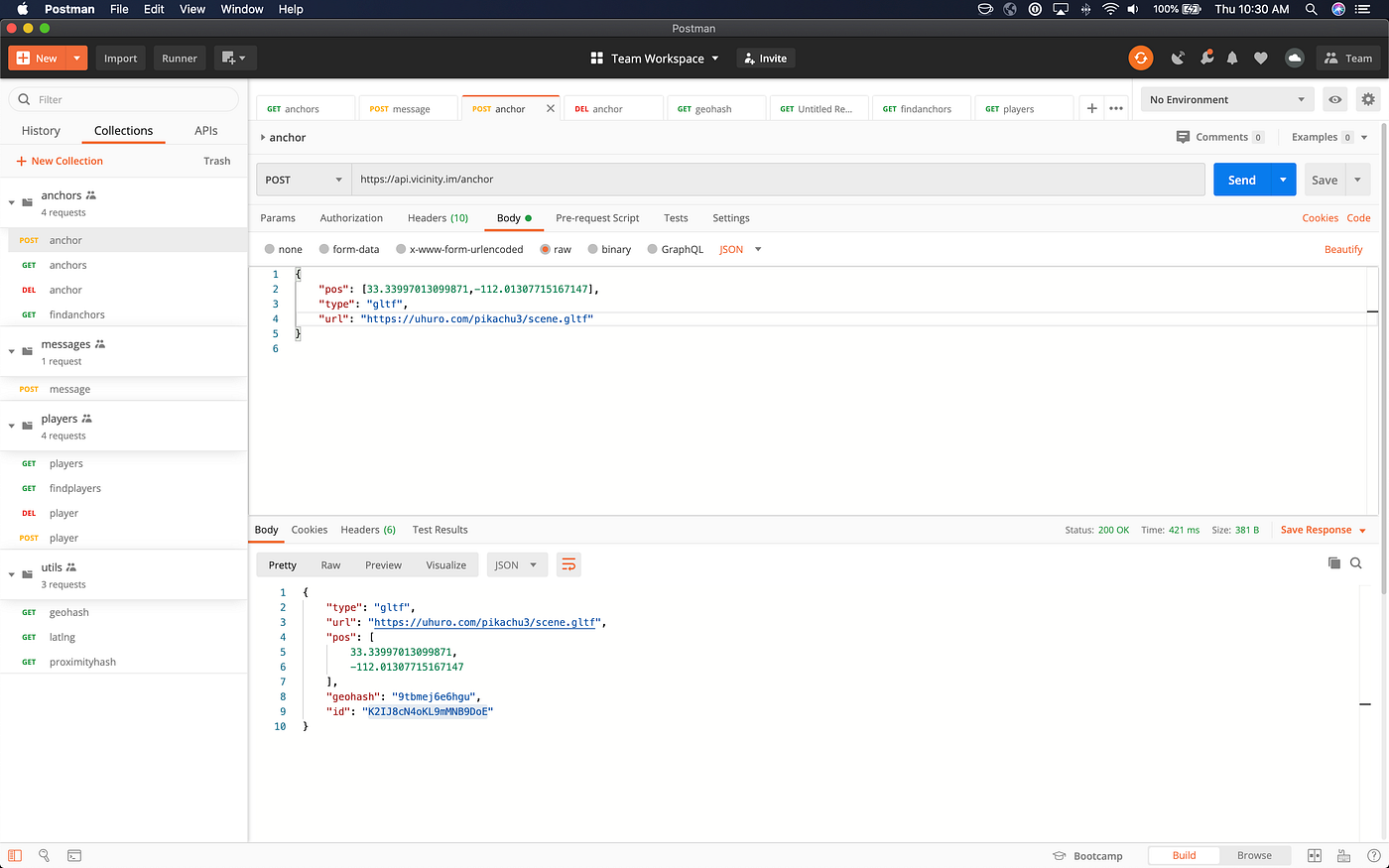While the tech industry has been focused on building virtual reality metaverses, we’ve been building the “real world metaverse” called XRPA.NET.
Think next-generation ARPANET designed for XR (AR and VR) users. The requirements were simple:
- Build a decentralized XR Cloud “database” for pinning 3D models, NFTs, and spatial anchors to real world lat/long geo coordinates. These pinned models should be accessible both in AR and in VR digital twins.
- Build an AR Browser that allows people who are physically near the 3D lat/long pinned content to get notified to interact with the content in the real world via AR on their mobile devices or Hololens/MagicLeap glasses.
- Build a VR Browser that allows people to teleport or “holoport” to a given lat/long, address, or landmark and be immersed into a real-time digital twin of the physical location (buildings, streets, and trees) and interact with the pinned content in their respective locations via desktops and VR devices (Oculus and Vive).
- Last but certainly not least, AR and VR users should be able to see each other’s avatars and communicate in their respective experiences. This means that VR user avatars appear in the real world and AR user avatars appear in the digital twins of their physical locations allowing local and remote users to be truly co-present across dimensions and interact with the same pinned digital content.
Today we are proud to announce that we have accomplished our initial mission of building the following Web-based real world metaverse technologies:
- XR Cloud with a REST API
- Vicinity engine powered by an IoT MQTT protocol for managing proximity-based notifications and communications at scale
- XR Browser with mobile AR support as well as desktop and VR support for remote teleporting to actual digital twins of the physical locations.
The real-time, world-wide digital twins were actually fairly easy to achieve using AFrame and Open Street Map APIs for buildings, streets, and trees content. Communications were achieved using traditional peer-to-peer WebRTC technologies. You can demo it for yourself at https://xrpa.net.
Here’s a demo highlighting digital content creation using Adobe Aero and XRPANET to pin the content to a geo coordinate making it viewable in AR as well as remotely via digital twin teleportation all while conversing with avatars in their respecting experiences.
Here’s a screenshot of our XR Cloud API running in Postman:

Here are links to PDFs of each of our API endpoints:
Here’s a deep dive video on getting started with XRPANET’s Real World Metaverse XR Cloud APIs and XR Browser.
Since XRPANET was designed around geo locations and open street maps, its use cases are predominantly based outdoors. To accommodate indoor functionality, we have developed a complimentary metaverse-as-a-service technology platform called Metaverses.io. Since both technologies are based on WebXR and run across devices in Web browsers, we are envisioning that a user could start in XRPANET outdoors and walk into a building simply by the browser redirecting the link to the appropriate Metaverses.io space and visa versa.
Reach out to us on Twitter or Facebook or LinkedIn or drop us an email if you would like a demo of XRPA.NET or discuss your team needs in more detail with us.
Quelle:
